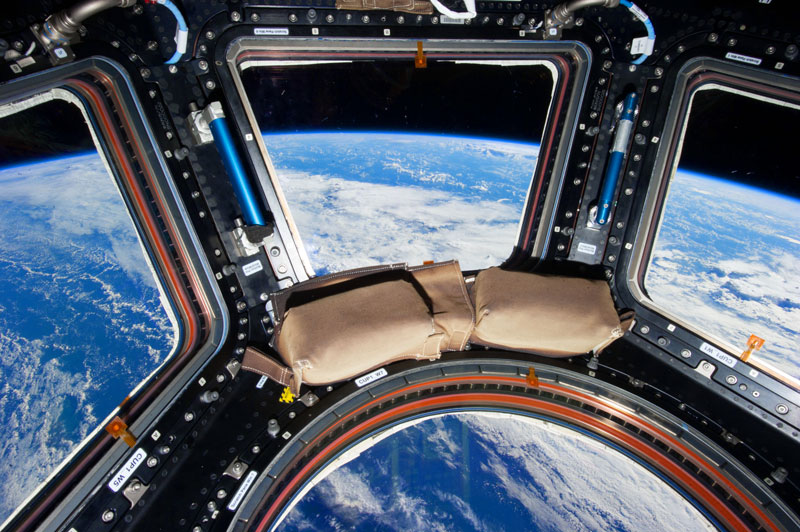 As mankind expands into the solar system certain needs must be met such as energy, food, water, breathable air, and shelter. As we expand manufacturing, exploration, and colonization into space the need for shelter will increase exponentially. The primary issue will be the health of the people and the ability to maintain their physical capabilities. They must remain in good health and be in a physical condition that allows them to complete their tasks in a harsh environment.
As mankind expands into the solar system certain needs must be met such as energy, food, water, breathable air, and shelter. As we expand manufacturing, exploration, and colonization into space the need for shelter will increase exponentially. The primary issue will be the health of the people and the ability to maintain their physical capabilities. They must remain in good health and be in a physical condition that allows them to complete their tasks in a harsh environment.
Research has shown that adverse effects happen to the human body in microgravity. Loss of muscle mass, loss of bone density and changes to the lymphatic system are all effects from spaceflight. The longer the duration the more pronounced the effects. The research has also shown that these changes may never be fully undone after returning to a gravity environment. NASA has tried to mitigate these issues with a regiment of exercise, sleep, and food with some success however, none of these measures have fully prevented damage to astronaut’s bodies.
Therefore, to have people who work in space remain healthy and in good physical shape they must live in a gravity, or gravity simulated environment. How much gravity is unknown as the research has been very limited. We can postulate that if long term habitation is going to occur on the Moon then 1/6 Earth’s gravity better be enough.
Currently man can only simulate gravity with acceleration, which equates to acceleration by rotation.
Studies have shown that about 99% of the population can withstand 1 rpm without nausea or disorientation. As you increase the rpms, less and less of the population can tolerate the faster speed. 3 rpm is the top limit and less than 2% of humans function at that speed.
All the facts and assumptions come down to this: we need a simulated gravity field that has a strength of no less than the Moon but is more effective as we approach Mars gravity (38% of Earth normal). It must be generated through rotation and the rotation cannot be greater than 1 rpm. This will require a ring that is at least 300 meters in diameter rotating at 1 rpm, simulating the Moon’s gravity.
The International Space Station (ISS) is arguably the largest structure created by humans in space. It took more than forty flights from Earth and over 23 years with an estimated cost of greater than $150 billion to complete. For sustainability of habitation in space we must find ways to build larger structures quicker and at a far lower cost.
OCP is working toward a solution, developing in orbit fabrication techniques using materials from lower gravity bodies. The goal is to fabricate panels 100 meters across that can be used to construct large manned or unmanned structures.
